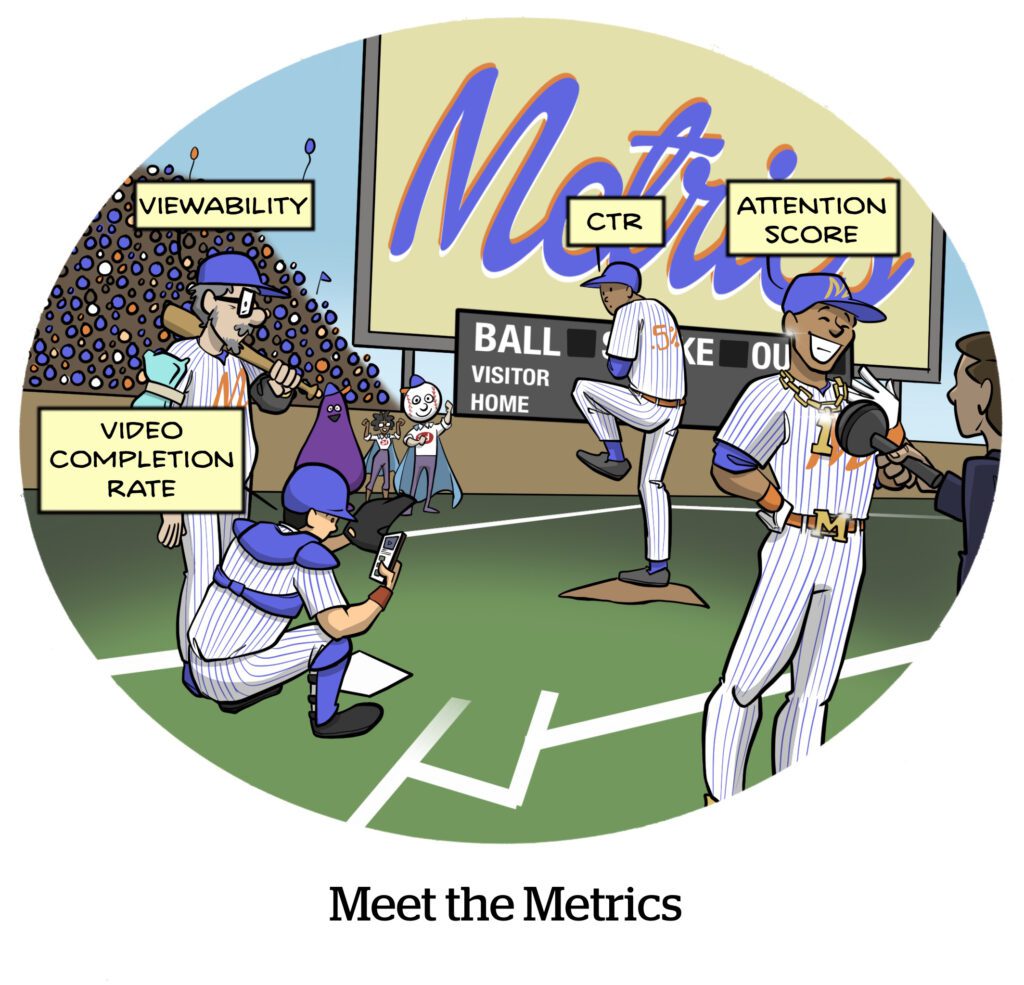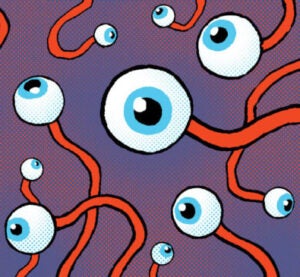Could Google’s embrace of attention metrics help the industry evolve past easily manipulated viewability measurement?
Danny Zhu, director of digital and performance marketing at Jaguar Land Rover (JLR) North America, thinks so.
Google DV360 adding Adelaide’s Attention Unit (AU) metric as an optimization signal is “going to be a game changer for us,” Zhu told AdExchanger.
Zhu hopes the move will be a major step toward weaning buyers and platforms off the flawed practice of bidding on ad inventory based on viewability.
“Everyone knows how to cheat the [viewability] system, so, as a brand, we’re always looking for something to safeguard our investment,” he said. “That’s one reason attention score will likely replace viewability as the new standard for media quality.”
Another reason? Adelaide measures attention across multiple media types, including within Google’s walled garden, across social media platforms and on open web publishers, Zhu said. These measurements will enable advertisers to more easily compare the quality of programmatic impressions to social media impressions. Which should help buyers make smarter choices regarding how much to bid on those impressions, he added.
A more streamlined integration
Google announced it was adding Adelaide’s AU to DV360’s custom bidding during its NewFronts presentation two weeks ago.
Prior to this wider rollout, bidding based on AU scoring was only available in DV360 via custom bidding algorithms, and only for display and online video inventory. Now, advertisers can use Adelaide’s AU to optimize their bidding strategy directly within DV360’s user interface, a Google spokesperson told AdExchanger.
The new integration also expands AU-based bidding to more media channels, including CTV.
Adelaide’s AU is the first attention measurement solution to be directly integrated within DV360’s custom bidding, but it might not be the last. “We’re always looking to solve for our advertisers’ goals, and are open to more integrations like this in the future,” the Google spokesperson said.
Google adopting Adelaide’s AU first is “a big endorsement from a major player,” Zhu said. Often, media traders will wait for a new measurement solution to get adopted by a major DSP, like DV360 or The Trade Desk, before throwing their support behind the same tech, he added.
Now that JLR has AU as an optimization layer to pull in DV360’s custom bidding, it should streamline the process of curating high-attention PMPs and setting attention score floors for these deals, Zhu said.
“I’m hoping that we can optimize campaigns toward AU without having to manually pull reports and manually pause or shift our budget on certain placements,” he said. He also envisions being able to select premade high-attention PMPs within DV360’s interface.
Media quality and premium pricing
JLR first started using Adelaide’s attention measurement about a year ago on the recommendation of its ad agency, Hearts & Science, Zhu said.
JLR liked Adelaide’s approach because it focuses on media quality, rather than also factoring in how creative contributes to attention, he said. The brand prefers to have its media team focus on media quality while having its creative team focus on creative quality, rather than blurring the lines between the two, he added.
That separation of media and creative speaks to how JLR has been mainly using attention to reexamine the value of its media partnerships.
“I’ve been encouraging the team to accelerate our adoption of attention scoring,” he said, “not to just use it for reporting but to try to use it for planning, optimizations and partnership negotiations.”
For example, JLR is looking at its existing media partners, especially on the programmatic side, and using attention scoring to determine whether it’s “really worth paying a premium for some of them,” Zhu said. In that sense, attention gives the brand a different lens for evaluating CPMs and negotiating better deals.
Attention measurement also gives JLR a more effective means for avoiding low-quality inventory like made-for-advertising sites, outstream video and spoofed domains, he said. Those media properties tend to score well on viewability but not on attention or performance.
JLR has also conducted brand lift studies with Adelaide and Lucid to determine what attention score thresholds its media buys need to hit to drive performance results, Zhu said. Those studies have helped inform not only which media owners are included in JLR’s campaigns, but how much the brand spends with them.
Outside of Google’s platform, JLR has also used attention metrics to zero in on high-attention social media placements, Zhu said, such as examining whether placements on Meta platforms’ Stories or News feeds draw more attention from users.
And now, because Adelaide’s AU is directly integrated in DV360, JLR can more directly compare Meta’s media with Google’s – to determine if, say, YouTube Shorts are driving more attention than Instagram Reels.
Going forward, JLR also anticipates reexamining its current use of third-party viewability-based measurement and optimization tools, because buyers “always want to avoid double paying,” Zhu said.
“If we can prove optimizing toward AU is going to generate stronger results, then I might turn off viewability,” he said, “because I don’t want to pay for that extra tracking or monitoring.”
Update 5/20/25: A previous version of this story mentioned Lumen and Arts & Science as partners of Jaguar Land Rover, instead of Lucid and Hearts & Science.
















